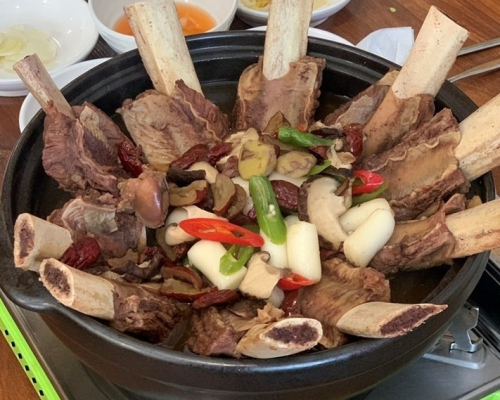
 MORE+
MORE+ MORE+
MORE+ MORE+
MORE+

 MORE+
MORE+ MORE+
MORE+ MORE+
MORE+

 MORE+
MORE+ MORE+
MORE+ MORE+
MORE+

 MORE+
MORE+ MORE+
MORE+ MORE+
MORE+

 MORE+
MORE+ MORE+
MORE+ MORE+
MORE+

 MORE+
MORE+ MORE+
MORE+ MORE+
MORE+

 MORE+
MORE+ MORE+
MORE+ MORE+
MORE+

 MORE+
MORE+ MORE+
MORE+ MORE+
MORE+

 MORE+
MORE+ MORE+
MORE+ MORE+
MORE+

 MORE+
MORE+ MORE+
MORE+ MORE+
MORE+

0 Comments 2025-12-01 17:51:11
1 Comments 2022-08-22 17:28:54